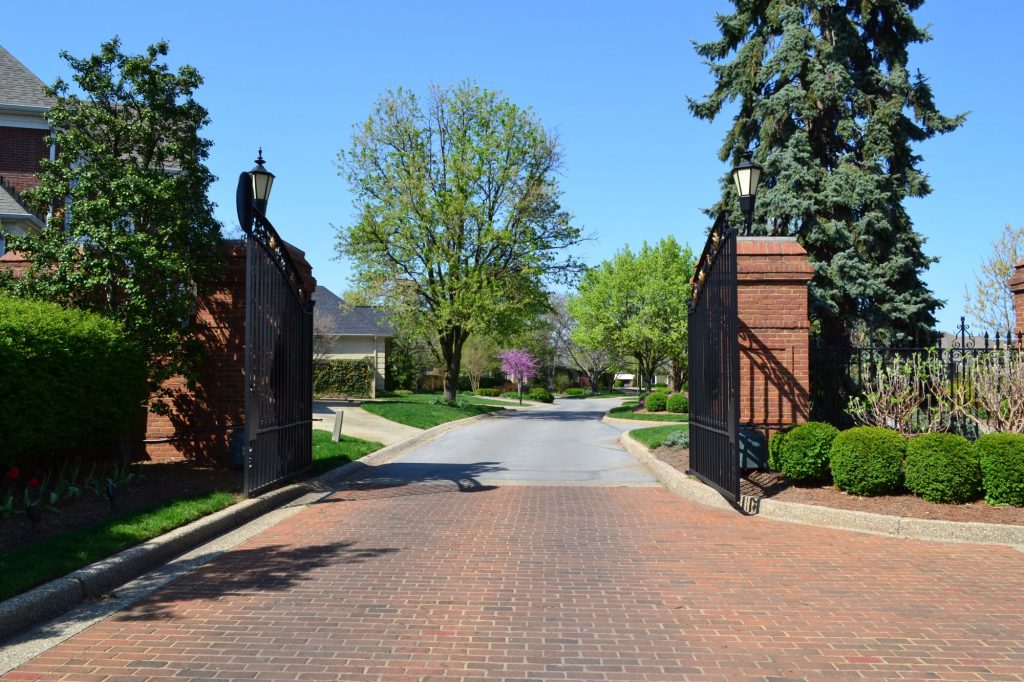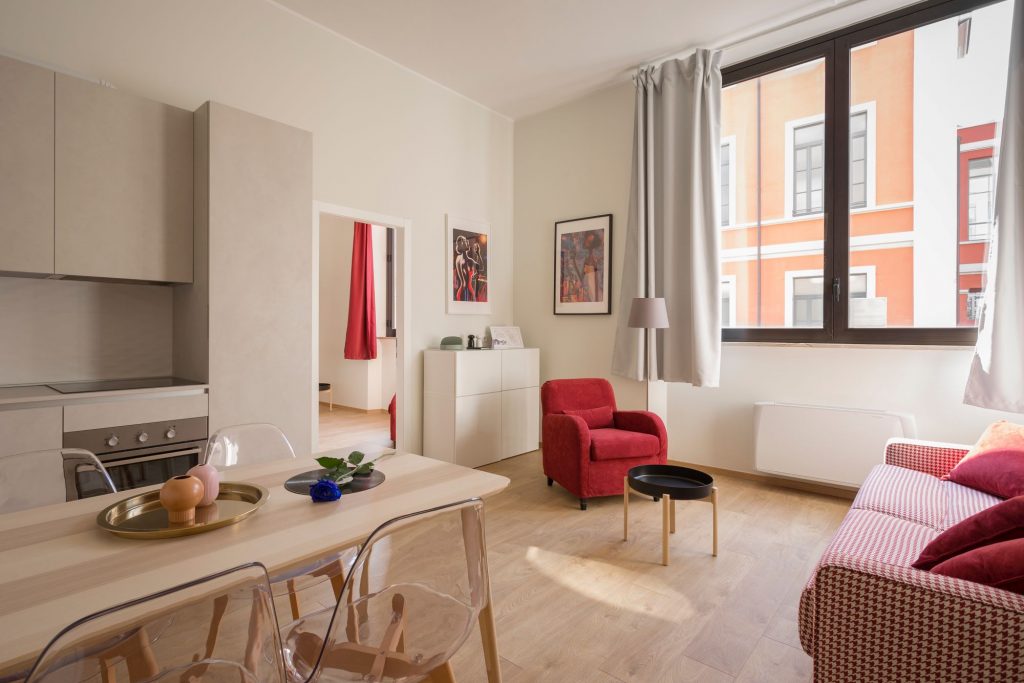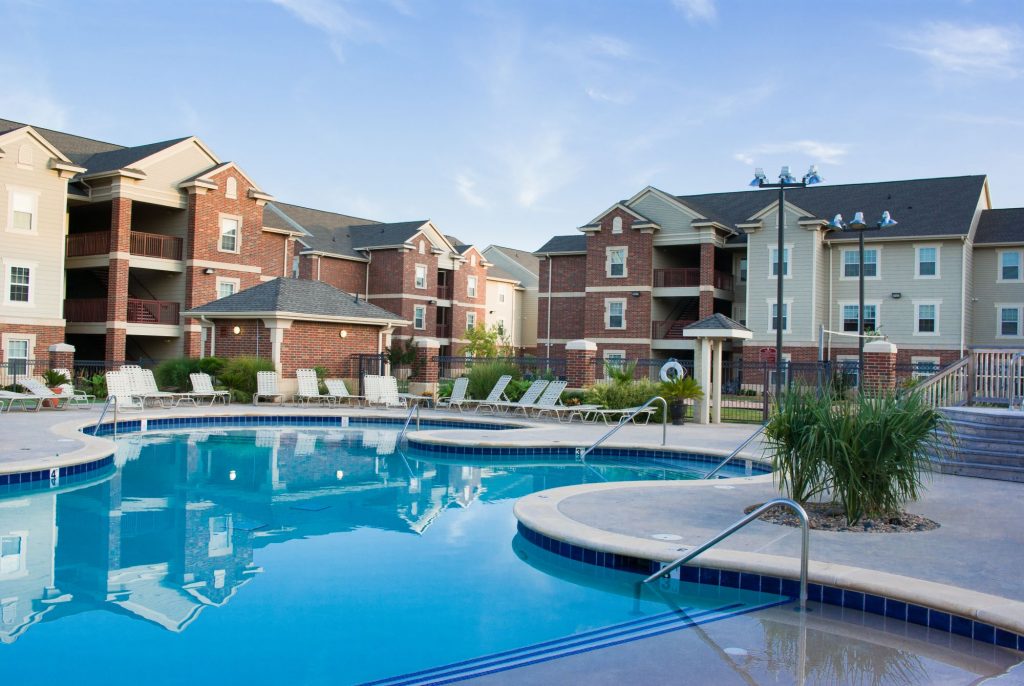How Much Do Retirement Communities Cost? A Comprehensive Guide to Getting What You Pay For

Retirement is exciting and well-deserved. However, it can also come with new challenges. You may be one of 89% of older adults who want to age in place. Of course, you might also have dreams of living in a retirement community. If you fall into the latter category, one important question to answer is how much it’ll cost. Retirement communities come in many shapes and sizes, ranging from independent living to assisted living to memory care. Each type of community has its unique costs, amenities, and benefits. While that can make choosing the right one a challenge, we’re here to make it a little easier. Here’s everything you need to know.
Location

As they say in the real estate game, location, location, location. Retirement communities in urban areas tend to be more expensive than their counterparts in rural areas. For example, the average monthly cost of an assisted living facility in New York City is around $6,000. Meanwhile, in more rural areas, the cost can be as low as $3,000 a month. So, when you’re considering a move to a retirement community, remember that location can impact price and search accordingly.
Amenities

The cost of retirement communities can also depend on the amenities offered. Understandably, communities that offer high-end amenities, such as swimming pools, fitness centers, and gourmet dining, can be more expensive. Some communities even offer extras like cultural activities, transportation services, and pet-friendly accommodations. This, too, can increase the cost.
Size of Living Space

Good news! Many retirement communities offer flexibility when it comes to housing. From single-bedroom to studio apartments to two-story homes, you’ll have your pick of home, sweet, homes. Of course, as you probably expect, the size of your new home or apartment will determine its cost. Single-bedroom apartments will cost less than two-bedroom apartments. Some communities give you the option of purchasing the apartment, which comes with extra costs such as property taxes and maintenance.
Level of Care

Of course, the cost will vary depending on the level of care needed. Those who require little to no assistance may pay less than people who require more help with daily activities. So, it’s important to consider what type of care needs you currently have—and what care needs you may have in the future.
Other Cost Considerations

Other costs to consider include upfront fees, such as admission or entrance fees. These are often non-refundable and could add up to several thousand dollars. Some communities may also have monthly maintenance fees to cover costs associated with upkeep like lawn care and building maintenance. Of course, the upside of the higher fees is that you won’t have to mow your lawn or fix your own appliances. So, remember to weigh the pros and cons before you make your final decision!
Which Retirement Community Is Best For Me?

So, now that we’ve gone over the costs of retirement communities, let’s discuss the different types that are available! Of course, we’ll break down the costs for you, too.
Independent Living Communities

For retirees who want to maintain their independence while enjoying a safe and comfortable living environment, independent living communities are the perfect solution. These communities offer various amenities, such as housekeeping, transportation, and social activities. The cost of living typically ranges from $1,500 to $3,500 per month, depending on the size and location of the community. Keep in mind that these costs only cover accommodation and basic services and may not include utilities, meals, or additional care services.
Assisted Living Communities

Assisted living communities are designed for seniors who need help with daily living activities like bathing, dressing, and medication management. These facilities typically offer personal care services, transportation, social activities, and meals. The cost of assisted living can range from $3,500 to $6,000 per month, with $4,500 being the average. The cost depends on the size and location of the community, as well as the level of care required.
Memory Care Communities

Specifically designed for seniors with Alzheimer’s disease and other memory-related conditions, these communities provide specialized care and support. Memory care communities are much more expensive than assisted living, with costs ranging from $4,000 to $7,500 per month. The average is typically around $5,800 per month, according to APFM.
Continuing Care Retirement Communities (CCRCs)

Continuing Care Retirement Communities are a hybrid of Independent Living, Assisted Living, and Memory Care communities, offering seniors a continuum of care as their needs change over time. CCRCs typically require a hefty entrance fee which can often run from $100,000 to $500,000. Monthly costs range from $2,500 to $5,000 per month, depending on the level of care required.
Find a Retirement Community Near Me!

Choosing the right retirement community can be overwhelming, but knowing the costs upfront makes it easier to plan for the future. Make sure to consider every community’s amenities, level of care, and cost to find the best fit for your lifestyle and budget. At the end of the day, retirement is about making the most of your golden years, so try not to stress too much and enjoy the process!
Popular Articles About Retirement Communities
Originally published August 25, 2023








